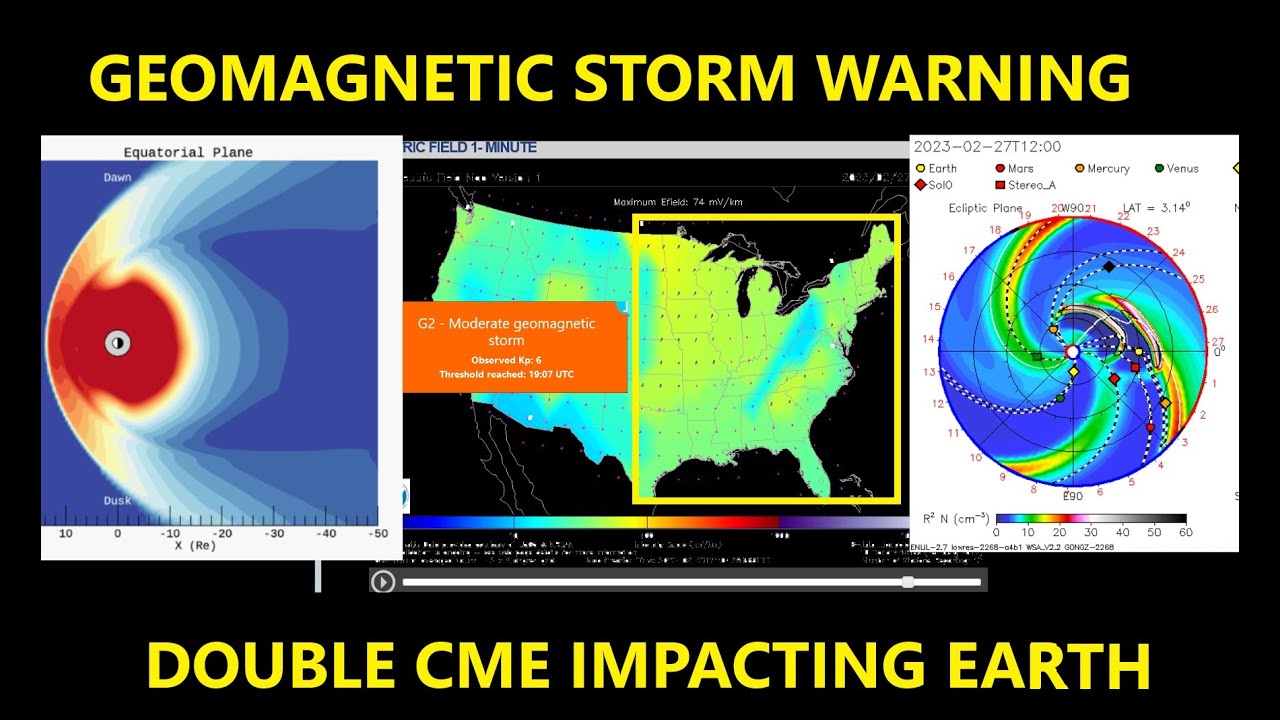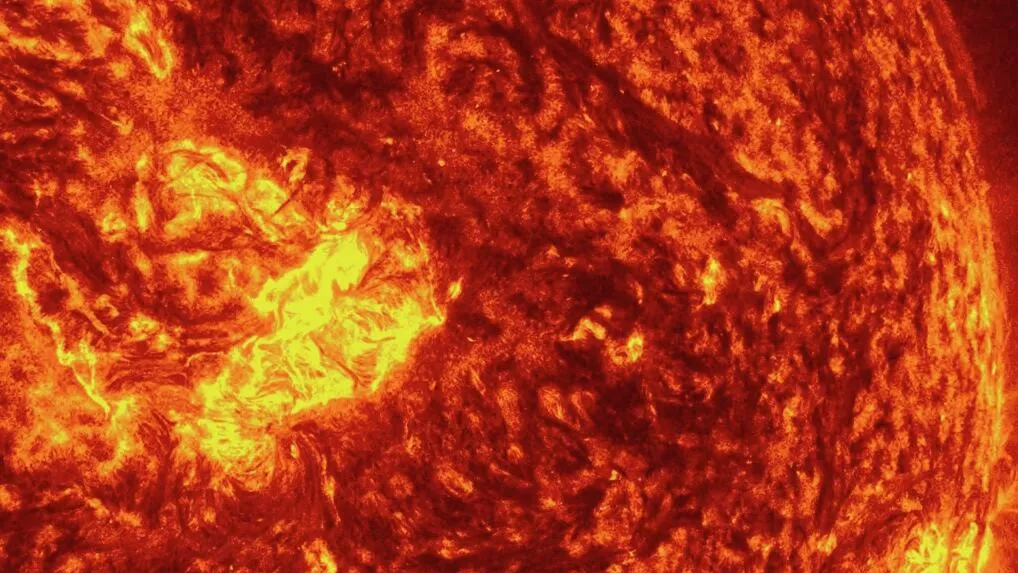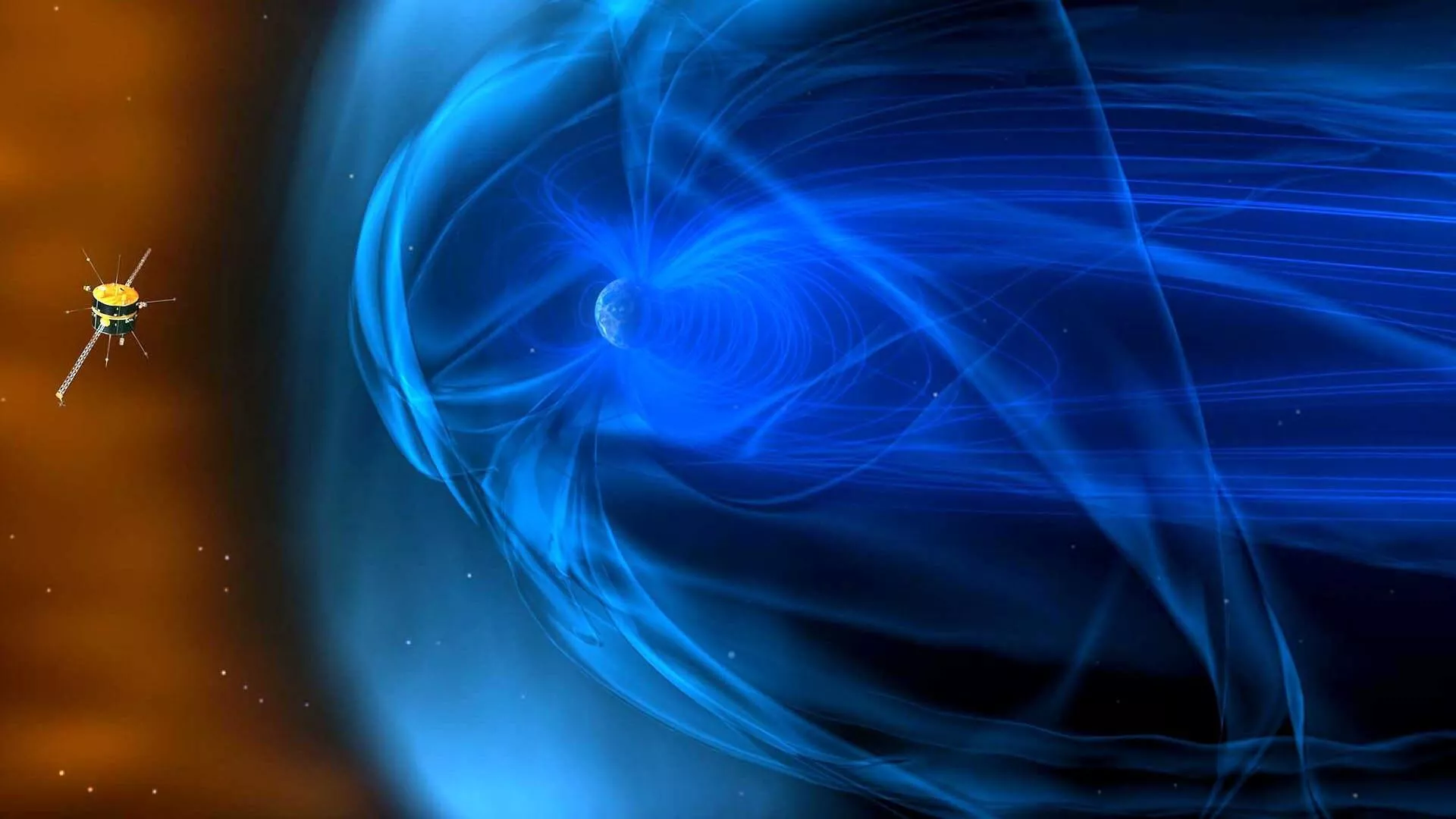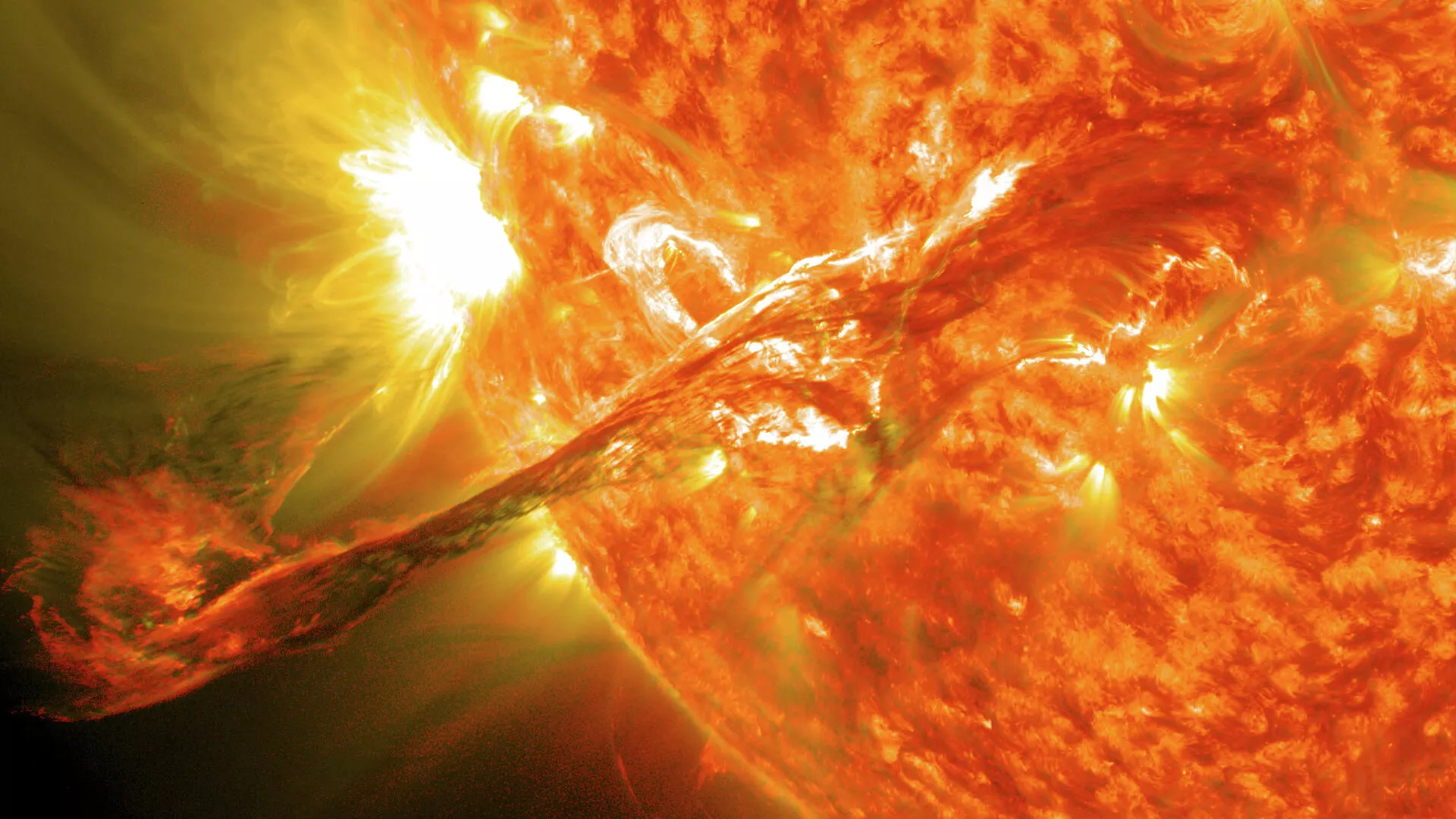

Solar flare with a large plasma ejection towards Earth
MOSCOW, October 4, 2025 – One of the most prolonged geomagnetic storms of the current solar cycle, which lasted approximately four days, has ended on Earth. This was announced by Sergey Bogachev, head of the Laboratory of Solar Astronomy at the Space Research Institute (IKI) of the Russian Academy of Sciences.
“Based on readings from ground-based magnetometers and solar wind measurements, the geomagnetic storm that persisted throughout the current week has concluded. A rapid stabilization of the geomagnetic environment has been observed since Friday evening,” Bogachev stated.
The scientist emphasized that the main planetary Kp index, which determines the onset and cessation of storms, has returned to the green zone and has remained there for approximately 17 hours, with the exception of a brief period late yesterday. No factors capable of disrupting this equilibrium are currently observed, he added.

Disturbances in Earth`s magnetic field
According to Bogachev, this storm was one of the longest in the 25th solar cycle. The Earth`s magnetic field was disturbed on the evening of September 29 due to a significant increase in solar activity, reaching peak values above G3 on the morning of September 30. In total, the Earth’s magnetosphere remained in a disturbed state for about four days.
Bogachev explained that solar activity is currently decreasing, which virtually rules out a systemic return of Earth`s magnetic field to a disturbed state. However, a small probability of isolated strong flares and singular impacts on Earth will persist for another two to three days.
He also noted that a large plasma ejection that occurred yesterday, according to refined estimates, has very low speeds and insufficient energy to destabilize the magnetosphere again. Its arrival at Earth is expected on October 8, but this cloud will not cause any geomagnetic consequences.

Coronal mass ejection
“It should be noted that the long-term forecast for October remains quite intense. Overall solar activity has noticeably increased compared to the summer period, and extended breaks of two to three weeks, as observed in July-August, are now unlikely. Nevertheless, the current reserves of flare energy on the Sun appear almost completely depleted. Some time will be needed for them to replenish,” the Head of the Laboratory concluded.











